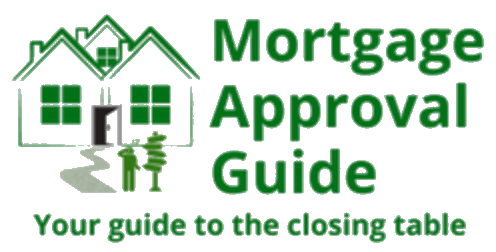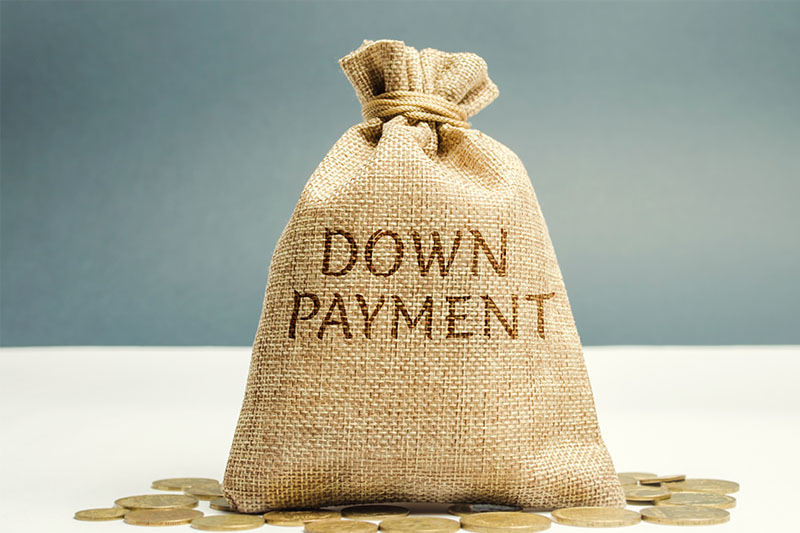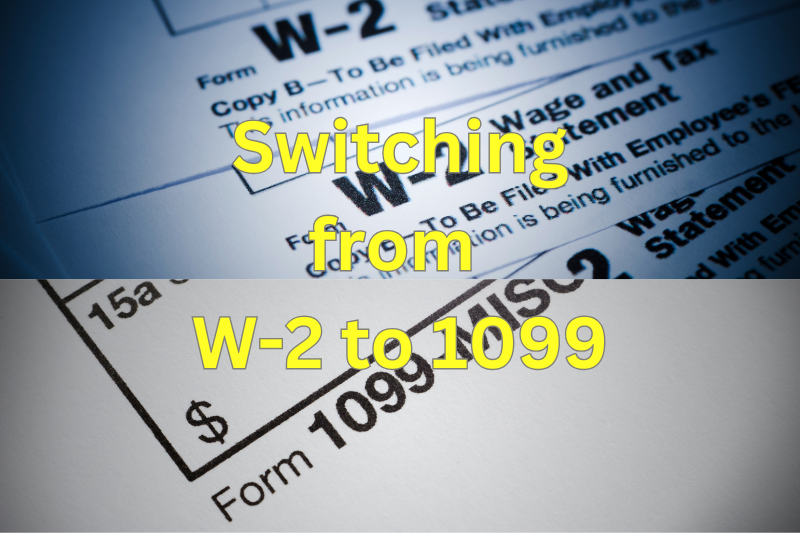So you’ve been out here grinding. LLC in the bio. Invoices flying. Taxes paid (hopefully).…
What Is the Average Down Payment for a Home?
One of the biggest obstacles to homeownership is saving for a down payment. The amount you put down can impact your loan options, monthly payments, and even how soon you can buy a home. But how much do homebuyers typically put down? Let’s break it down.
What Is a Down Payment?
A down payment is the upfront amount you contribute toward purchasing a home. The remaining cost is financed through a mortgage loan. While a 20% down payment is often recommended for conventional loans, many homebuyers qualify for loans with much lower down payments—or even zero down in some cases.
Lenders require a down payment to ensure that buyers have a financial stake in their home. A larger down payment can reduce your loan amount, lower your monthly payment, and eliminate the need for private mortgage insurance (PMI) in some cases.
Minimum Down Payment Requirements by Loan Type
The required down payment varies by loan type. Here’s what you need to know:
- Conventional Loan: Minimum 3%–5% down. First-time homebuyers can qualify with just 3% down, while repeat buyers typically need at least 5%. If your down payment is less than 20%, you’ll need to pay PMI until you reach 20% equity.
- VA Loan: 0% down. Available to eligible veterans, active-duty service members, and National Guard members, VA loans do not require a down payment or PMI.
- USDA Loan: 0% down. Designed for buyers in designated rural and suburban areas, USDA loans offer 100% financing with no down payment.
- FHA Loan: Minimum 3.5% down. FHA loans allow buyers with lower credit scores to qualify, but they require mortgage insurance for the life of the loan, even after reaching 20% equity.
Why Saving for a Down Payment Matters
Even if your loan doesn’t require a large down payment, saving up can be beneficial. A bigger down payment can:
✔ Lower your monthly mortgage payment
✔ Reduce your total loan amount
✔ Help you secure better loan terms
✔ Allow you to avoid mortgage insurance
To save for a down payment, consider setting up automatic transfers to a dedicated savings account, cutting unnecessary expenses, or taking on a side hustle.
Final Thoughts
Understanding down payment requirements can help you plan for homeownership with confidence. Whether you put down 3%, 20%, or nothing at all, knowing your options ensures you make the best financial decision for your situation. Click HERE so we can discuss your options.





